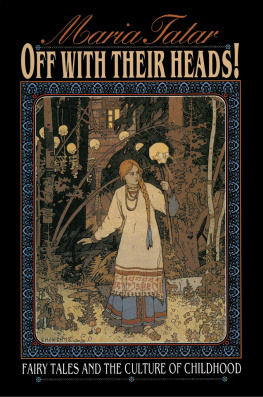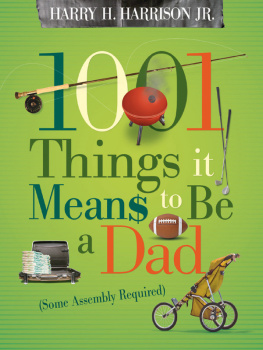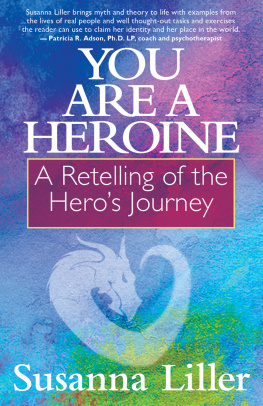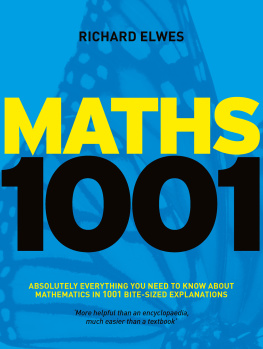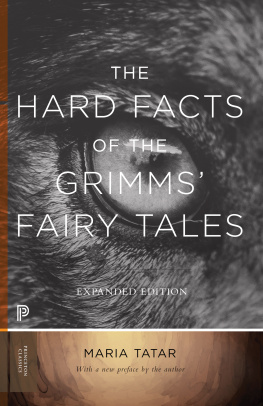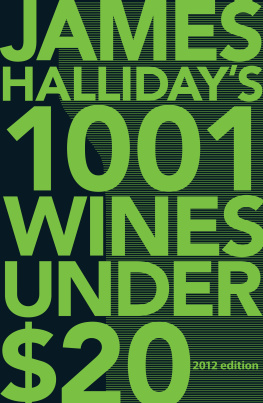Maria Tatar - The Heroine with 1001 Faces
Here you can read online Maria Tatar - The Heroine with 1001 Faces full text of the book (entire story) in english for free. Download pdf and epub, get meaning, cover and reviews about this ebook. year: 2021, publisher: Liveright, genre: Romance novel. Description of the work, (preface) as well as reviews are available. Best literature library LitArk.com created for fans of good reading and offers a wide selection of genres:
Romance novel
Science fiction
Adventure
Detective
Science
History
Home and family
Prose
Art
Politics
Computer
Non-fiction
Religion
Business
Children
Humor
Choose a favorite category and find really read worthwhile books. Enjoy immersion in the world of imagination, feel the emotions of the characters or learn something new for yourself, make an fascinating discovery.

- Book:The Heroine with 1001 Faces
- Author:
- Publisher:Liveright
- Genre:
- Year:2021
- Rating:5 / 5
- Favourites:Add to favourites
- Your mark:
- 100
- 1
- 2
- 3
- 4
- 5
The Heroine with 1001 Faces: summary, description and annotation
We offer to read an annotation, description, summary or preface (depends on what the author of the book "The Heroine with 1001 Faces" wrote himself). If you haven't found the necessary information about the book — write in the comments, we will try to find it.
The Heroine with 1001 Faces — read online for free the complete book (whole text) full work
Below is the text of the book, divided by pages. System saving the place of the last page read, allows you to conveniently read the book "The Heroine with 1001 Faces" online for free, without having to search again every time where you left off. Put a bookmark, and you can go to the page where you finished reading at any time.
Font size:
Interval:
Bookmark:
Contents
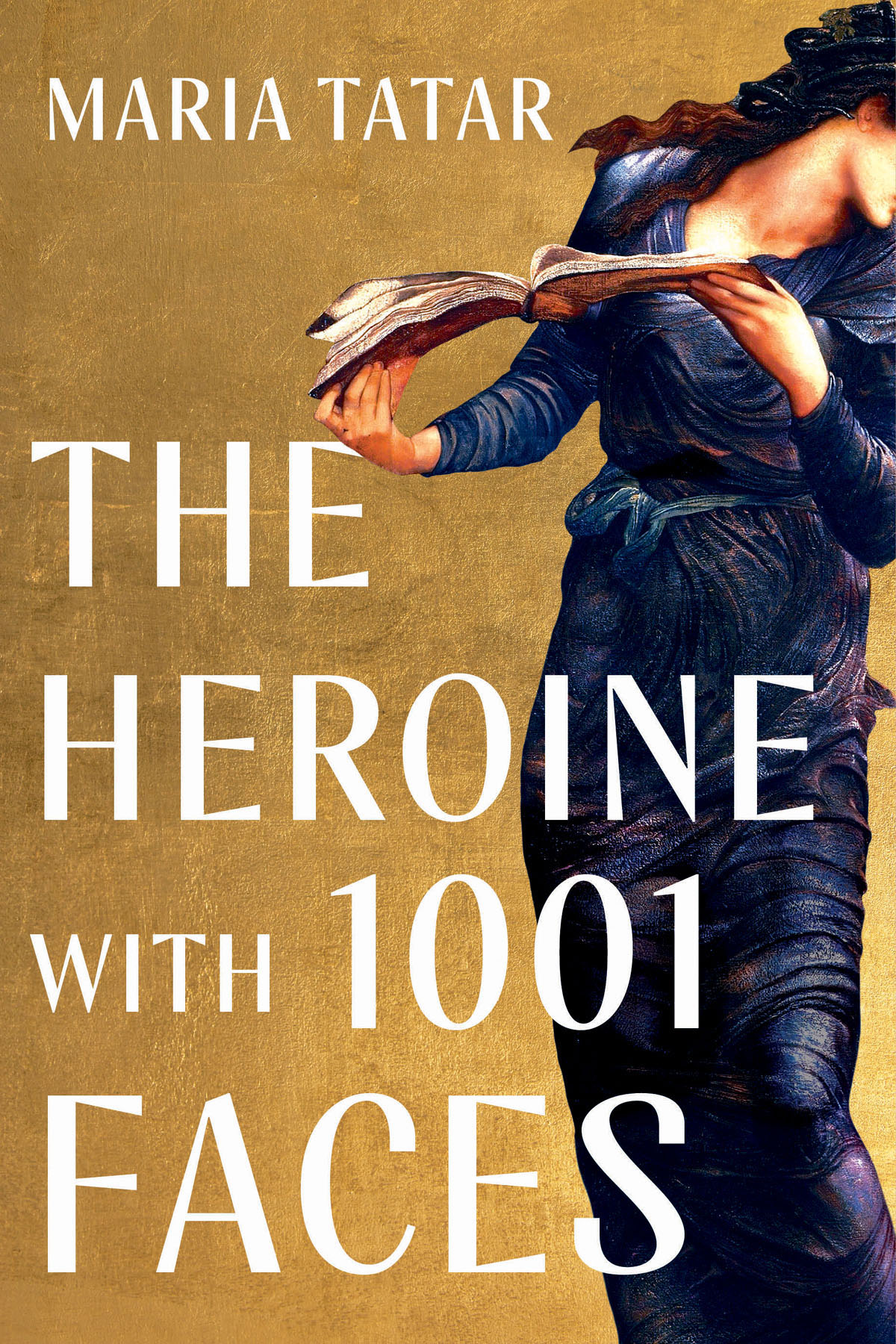
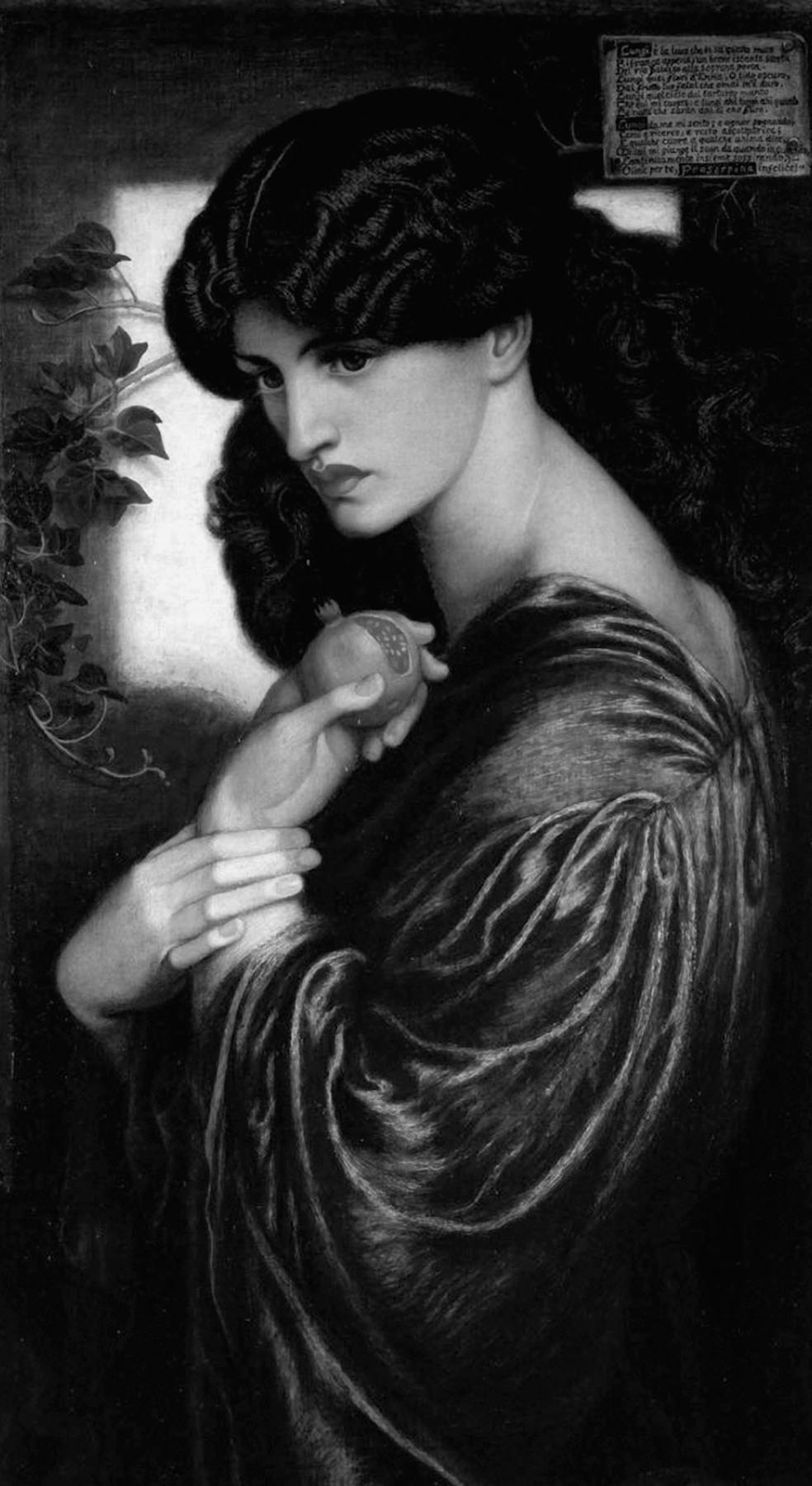
Dante Gabriel Rossetti, Proserpine, 1874

THE
HEROINE
with
1,001
FACES

MARIA TATAR

LIVERIGHT PUBLISHING CORPORATION
A Division of W. W. Norton & Company
Independent Publishers Since 1923

For some of the 1,001 heroes and heroines in my life

Elizabeth Demeter Tatar
Joseph Tatar
Julius Martinez
Nick Tatar
Liza Tatar
Laura T. Courtney
Rebecca Tatar
Steven Tatar
Lauren Blum
Daniel Schuker
Jason Blum
Giselle Barcia
Roxy Blum
Booker T. Blum
Isabel Barcia-Schuker
Bette Sue Blum
Lucas Adrian Barcia-Schuker
Anna, John, and Steve


Unhappy the land that is in need of heroes.
BERTOLT BRECHT, Life of Galileo

Pity the land that thinks it needs a hero, or doesnt know it has lots and what they look like.
REBECCA SOLNIT, Whose Story Is This?

But the effect of her being on those around her was incalculably diffusive: for the growing good of the world is partly dependent on unhistoric acts; and that things are not so ill with you and me as they might have been, is half owing to the number who lived faithfully a hidden life, and rest in unvisited tombs.
GEORGE ELIOT , Middlemarch


CONTENTS


Begin this journey with caring and patience and love and laughter and passionate curiosity.
Madam Secretary
Power is actualized... where words are not empty and deeds not brutal, where words are not used to veil intentions but to disclose realities, and deeds are not used to violate and destroy but to establish relations and create new realities.
HANNAH ARENDT, The Human Condition

J OSEPH C AMPBELL wrote The Hero with a Thousand Faces while teaching at Sarah Lawrence College in New York. His classes on comparative mythology at the then all-womens school were in such high demand that he was soon obliged to limit enrollment to seniors. During his last year of teaching there, one of those seniors walked into his office, sat down, and said: Well, Mr. Campbell, youve been talking about the hero. But what about the women? The startled professor raised his eyebrows and replied, The womans the mother of the hero; shes the goal of the heros achieving; shes the protectress of the hero; she is this, she is that. What more do you want? I want to be the hero, she announced.
What about the women? This book tries to answer the question posed by Campbells student in a different way, by showing that the women in the mythological and literary imagination have been more than mothers and protectors. They too have been on quests, but they have also flown under the radar, performing stealth operations and quietly seeking justice, righting wrongs, repairing the fraying edges of the social fabric, or simply struggling to survive rather than returning back home with what Campbell calls boons and elixirs. They wear curiosity as a badge of honor rather than a mark of shame, and we shall see how womens connection to knowledge, linked to sin and transgression and often censured as prying, is in fact often symptomatic of empathy, care, and concern. Ever since Eve and Pandora, our culture has positioned curious women as wayward curiosities, investing their desire to know more with dark, forbidden cravings.
Even before Bill Moyers introduced Joseph Campbell to a broader public through the PBS series Joseph Campbell and the Power of Myth in 1988, catapulting the professor to celebrity status, The Hero with a Thousand Faces was making the rounds in Hollywood and soon became required reading among studio executives. They did not have to work their way through the entire hefty volume with its excursions into sacred writings from East and West. Instead they could refer to a conveniently abbreviated version of the book: a seven-page memo, widely distributed as A Practical Guide to The Hero with a Thousand Faces. Drafted by Christopher Vogler, who went on to teach Campbells work at film schools and to publish the bestselling The Writers Journey: Mythic Structure for Writers (1992), the practical guide became an important cheat sheet for those in the film industry. Here at last was the secret sauce that had led to the blockbuster success of films ranging from Spartacus to Star Wars. Joseph Campbell became not just an erudite guide to the mythological universe, but also a serious adviser to the managers of the Hollywood Dream Factory. Never mind that he had also become, through the display of avuncular charm and broad learning, the guru to whom Americans looked for personal and spiritual growth.
Campbell was never more than mildly irritated by the fact that the academic world failed to take his writings seriously. In my many years on the faculty of the Program in Folklore and Mythology at Harvard University, I never saw Campbells name on a syllabus. It was clear that Campbell was persona non grata, not just because Follow your bliss seemed corny and banal, a remnant of 1970s hippie culture with its faith in flower power, but because the Jungian philosophy and study of archetypes to which Campbell subscribed had long been derided and dismissed. Gone were the timeless universals, and the academic world scrapped eternal truths in favor of cultural constructs and post-structural indeterminacy.
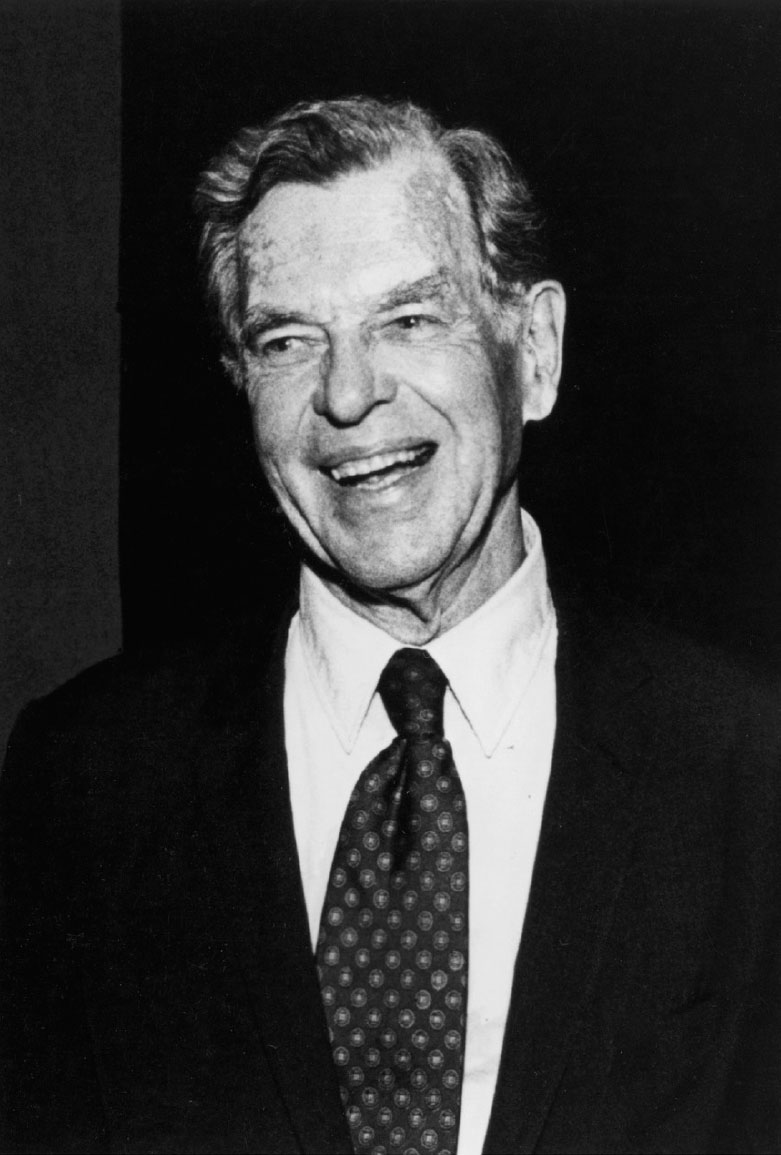
Joseph Campbell Courtesy of Photofest
Nowhere does the rigidity of archetypal thinking emerge more clearly than in the binary model of the male and female principle as it surfaced in Campbells study of world mythologies. The biological function of women is to bring forth life and nourishment, Campbell intoned in one work after another. What do women represent in mythology? The answer is simple: the nature principle, for we are born from her physically. The male, on the other hand, represents the social principle and social roles, we are told in Campbells meditation on goddesses. The father is the initiator into society and the meaning of life, whereas the mother represents the principle of life itself. In other words, anatomy is destiny. But all the talk about women as the source of life and nourishment is quickly taken back, for Woman is also the mother of death and the night sleep to which we return.
Next pageFont size:
Interval:
Bookmark:
Similar books «The Heroine with 1001 Faces»
Look at similar books to The Heroine with 1001 Faces. We have selected literature similar in name and meaning in the hope of providing readers with more options to find new, interesting, not yet read works.
Discussion, reviews of the book The Heroine with 1001 Faces and just readers' own opinions. Leave your comments, write what you think about the work, its meaning or the main characters. Specify what exactly you liked and what you didn't like, and why you think so.

